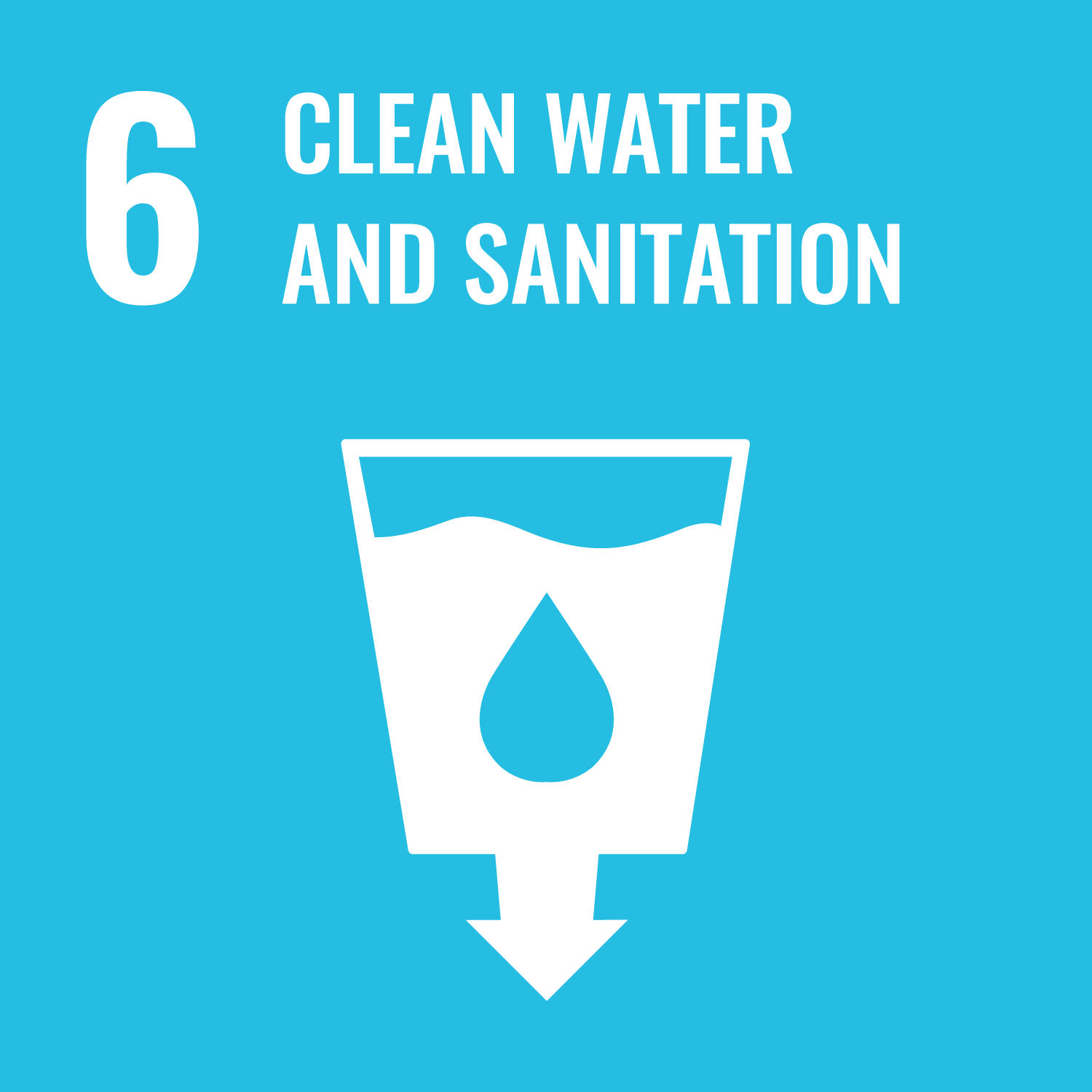ORCID
- William H. Blake: 0000-0001-9447-1361
Abstract
Phosphorus (P) is an essential nutrient, which at excessive concentrations can cause eutrophication of aquatic ecosystems. In freshwater wetlands, water quality deteriorates under these conditions, often succumbing to algal or duckweed dominance, over the biodiversity of other aquatic vegetation. Freshwater sediment may act as an internal source of legacy bound P that can induce production of algal and duckweed blooms beyond what may be expected from external loading of P alone. This study assesses the mobility, bioavailability, and origin of phosphorus in wetland ditch systems at the designated site of special scientific interest, West Sedgemoor. Based upon associations with different P species, using principal component analysis, a clear distinction was observed between sites outside and within the West Sedgemoor Nature Reserve (managed by the Royal Society of the Protection of Birds). Sites outside the nature reserve, typically wet and damp grassland used for arable use and grazing, were generally correlated to higher percentages (median 58.5 %) of non-apatite inorganic P (associated with iron and aluminium minerology) and higher total P levels (average 1277 mg/kg), associated with algal and duckweed blooms, in comparison to areas within the nature reserve (median non-apatite inorganic P; 49.9 %) (average total phosphorus; 936.9 mg/kg).
DOI Link
Publication Date
2023-01-01
Publication Title
Anthropocene
Volume
43
ISSN
2213-3054
Acceptance Date
2023-06-23
Deposit Date
2023-07-11
Embargo Period
2023-11-08
Recommended Citation
Crocker, R., Blake, W., Hutchinson, T., & Comber, S. (2023) 'Chemical speciation of sediment phosphorus in a Ramsar wetland', Anthropocene, 43. Available at: 10.1016/j.ancene.2023.100398


